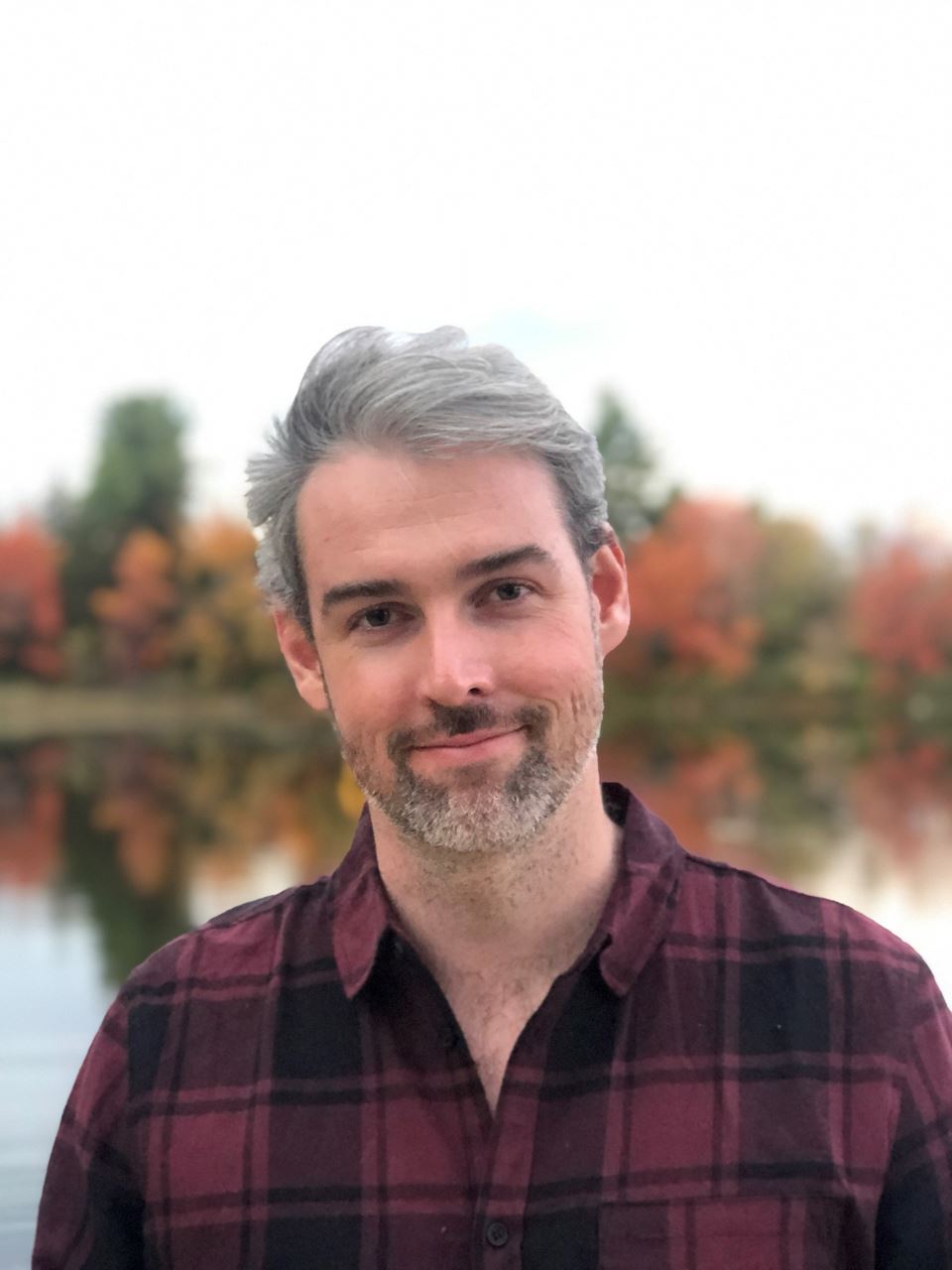By Steve Dwyer
In the brownfield redevelopment industry, everyone’s eternally seeking the secret sauce to success. For one young practitioner, the first big secret came thanks to a simple Google search: Attend a New York City Brownfield Partnership meeting and land a new environmental position—in a matter of weeks.
 Indeed, Rob Dwyer (no relation to this blog’s author) accepted a position last January with Impact Environmental, Bohemia, N.Y., when he attended a holiday networking event and scholarship fundraiser held in December 2018 to simply meet and greet, do a little networking with members.
Indeed, Rob Dwyer (no relation to this blog’s author) accepted a position last January with Impact Environmental, Bohemia, N.Y., when he attended a holiday networking event and scholarship fundraiser held in December 2018 to simply meet and greet, do a little networking with members.
Dwyer, 30, a native of Sydney, Australia who had recently relocated to New York, didn’t know many environmental professionals in the area. So he started the process with a web search and punched in terms like “environmental remediation companies” and “brownfields.” The Partnership name prominently appeared on the search. Dwyer made a call, found out attending an event was his for a nominal fee—and set out to the event with eyes wide open.
It turned out to be a home run, the kind Yankees slugger Aaron Judge deposits in the right field stands.
“My girlfriend (who works in the hazmat sector of environmental remediation) and I went to the event, met professionals from companies like GEI, Langan and Impact Environmental,” says Dwyer, who, before relocating to the States had worked eight years in Sydney, immersed in remediation projects within the urban infill in the Land Down Under. He also spent time working in the United Kingdom.
“At the December event, I set up an interview with Impact for the first week of January and soon after accepted an environmental and engineering-related position within the same month. I honestly thought this would take three or four months to land a job—certainly not three weeks,” he says.
The Brownfield Coalition of the Northeast (BCONE) and the Society of Women Envrionmental Professionals (SWEP) Metro Net group joined the Partnership in putting on the December 2018 event. Now a member of both the Partnership and BCONE, Dwyer is currently involved with several environmental projects that include affordable housing projects in the Bronx, a school authority project in the Bronx and a landfill initiative in New Jersey that’s being converted into a solar farm. “As an environmental engineer who’s tasked with remedial design and remediation oversight, you have to be flexible to assume a lot of duties, to juggle many balls at once,” says Dwyer.
He has no regrets about his full plate at Impact, all spawned thanks to a Partnership/SWEP/BCONE holiday event. He encourages more young professionals to take a similar approach because it’s often a win-win.
Separately, it was fascinating to hear Rob Dwyer compare and contrast the differences between the brownfield redevelopment process in Australia versus in the U.S. He sees U.S. brownfield’s process as one that functions better than what he experienced abroad.
“In Australia—and from a technical side—there are many similarities (to the States) when it comes to performing investigations and remedial designs. Both models offer the same textbooks, but when it comes to the implementation of projects here in the States you, as a private company, work closely with the city or municipality across all project functions—and this engagement is apparent right to the end of the project cycle,” he says.
He says that in Sydney, “it’s different in that they (public sector) will almost hang up the phone on you until you provide project details that are updated for review. In the U.S., I’ve noticed the close relationship between the public and private sectors. In Australia, it’s more like a silo between the two, with no dialogue between the two entities throughout the whole process. Here, just to be able to call someone in New York City is crucial. They take your call, offer advice and help you all the way down the line,” he says.
The strategies underpinning end use in Australia and in the States is also very different, he says.
“In Australia, there are many restrictions (about what a certain site end use can become)—a line in the sand is drawn. And the more invasive the environmental activity is, the more challenging the task.”
He says that there are so many environmental remediation methods being adopted with his work at Impact, ones that are “non-invasive” to soil and groundwater that it opens up a treasure trove of end use possibilities, provides many more options for stakeholders to consider.
“I have taken notice to how many private firms and public partners have an affinity for understanding the intricacies of specialized brownfields—it’s almost like everyone is up to speed (on mastering it).”
Dwyer says that, globally, only a handful of contractors had an affinity for specialized brownfield projects, beginning at the outset with Phase 1-3 investigations. “Today, many firms I’m aware of even advertise brownfields as a specialization on their website. These firms have gone from, ‘no, we don’t do that type of work’ to ‘yes, we embrace this kind of work.’”
So what was learned? Well, the structure of U.S. brownfields has a clear edge against those in many other countries. And, that when it comes to networking to be able to work in this industry, the New York City Brownfield Partnership is a clear broker—match-maker, if you will.